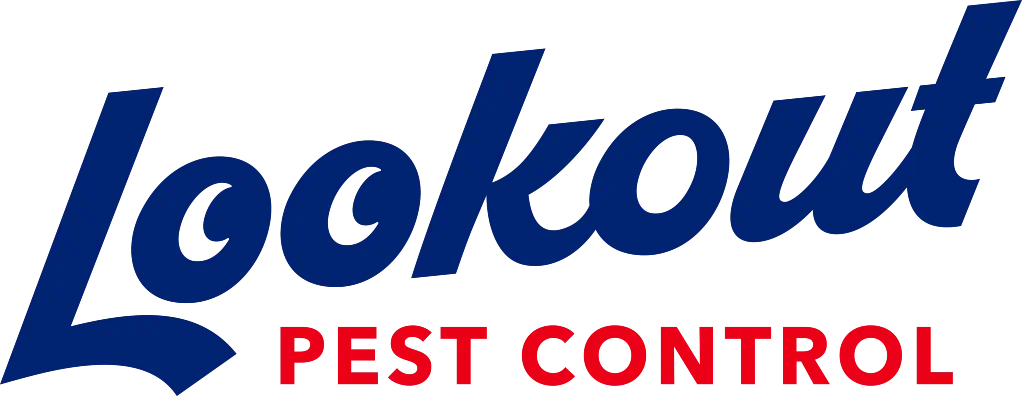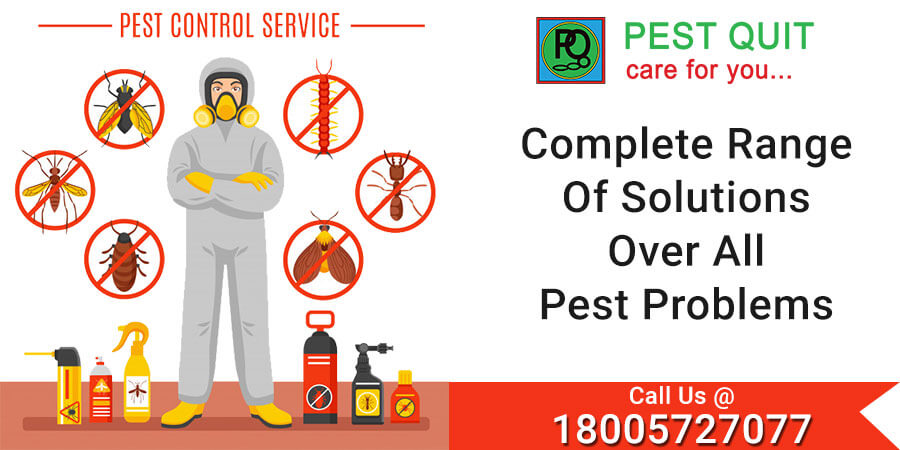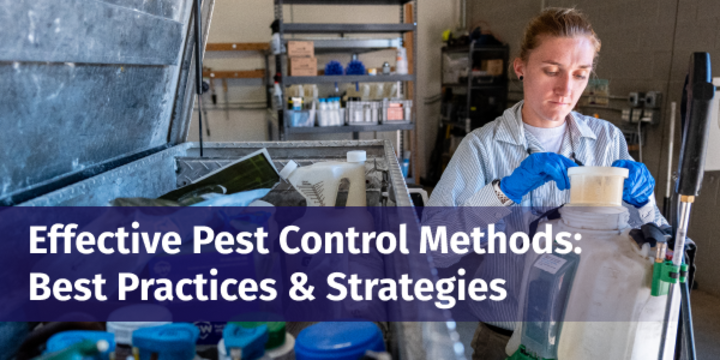Customized Pest Control Homestead Plans for Maximum Protection
Customized Pest Control Homestead Plans for Maximum Protection
Blog Article
Ultimate Guide to Parasite Control: Kinds, advantages, and methods
Insect control is a crucial facet of keeping a healthy and balanced and risk-free setting, whether it remain in residential, commercial, or farming setups (Pest Control Homestead). Recognizing the advantages, methods, and kinds of bug control techniques can considerably affect the efficiency of pest monitoring techniques. By exploring the diverse series of methods available, one can tailor parasite control efforts to particular needs and challenges, making certain a thorough and sustainable option. The world of bug control is complex, with different devices and methods at one's disposal.
Significance of Insect Control
Pest control plays a crucial duty in maintaining the health and safety of both household and business settings. By effectively handling and eliminating services, bugs and individuals can stop the spread of diseases, protect residential or commercial property from damage, and guarantee a hygienic and clean living or functioning space.
Carrying out normal parasite control measures not only safeguards the physical health of people yet also adds to their psychological well-being by developing a comfortable and safe and secure setting devoid of the hassles and disturbances brought on by insects. In commercial setups, parasite control is essential for keeping a positive credibility, abiding with health and safety laws, and guarding the well-being of employees and consumers. On the whole, the value of insect control can not be overstated in protecting the health and wellness, safety, and overall quality of life in both property and industrial areas.
Usual Parasite Control Methods
Given the crucial duty that pest control plays in securing health and wellness and home, it is imperative to explore reliable techniques for handling and removing bugs. Usual pest control techniques include a series of approaches customized to particular bug kinds. Physical approaches involve making use of traps, webs, or obstacles to avoid bugs from going into or to catch them. Biological control uses natural killers or virus to manage bug populaces, reducing the demand for chemical treatments. Chemical control, such as pesticides, is commonly used yet requires careful application to lessen environmental effect. Furthermore, integrated insect management integrates numerous methods to achieve long-lasting insect reductions while reducing dangers to human health and wellness and the environment. Social strategies, like correct waste monitoring and keeping tidiness, likewise play a vital role in pest avoidance. Inevitably, the most efficient bug control strategy commonly includes a mix of techniques customized to the particular parasite varieties and the environment in which they live.

Organic Insect Control Techniques
When considering environmentally-friendly methods to taking care of parasite populaces, natural pest control methods offer a lasting remedy. These approaches rely upon natural choices to artificial chemicals, making them more secure for the setting, people, and non-targeted varieties. One common organic insect control approach is organic control, which involves review presenting all-natural killers, parasites, or pathogens to control insect populations. Ladybugs are commonly made use of to manage aphids in yards.
One more efficient organic pest control approach is making use of natural chemicals stemmed from all-natural resources such as plants, germs, or minerals. These chemicals target specific bugs while minimizing damage to advantageous pests and the ecosystem. Neem oil, for example, is a preferred organic pesticide that disrupts the development and reproduction of different parasites without causing harm to various other microorganisms.
Social methods like plant rotation, buddy planting, and maintaining proper plant health likewise drop under natural parasite control methods. By developing a balanced ecosystem and reducing insect susceptabilities, these practices aid avoid parasite invasions without the need for dangerous chemicals. Organic bug control techniques not just secure the setting however additionally advertise long-term and lasting parasite administration services.
Kinds Of Parasite Control Provider
Taking into consideration the varied techniques readily available for taking care of bug populations, a crucial aspect to check out next is the variety of solutions used under the umbrella of pest control. Bug control solutions can be generally categorized right into 3 primary kinds: property parasite control, commercial pest control, and incorporated insect management (IPM)
Residential parasite control solutions concentrate on handling and removing bugs typically located in homes, such as ants, rats, roaches, and termites. These services often involve the application of risk-free yet effective treatments to protect the health and wellness and safety of residents.

Integrated Insect Monitoring (IPM) takes an all natural approach to pest control by incorporating organic, cultural, physical, and chemical approaches to take care of insect populations efficiently while lessening risks to human wellness and the atmosphere. IPM focuses on lasting avoidance and sustainable parasite administration techniques.
Integrated Pest Administration Method
An integrative technique to pest management, called Integrated Insect Management (IPM), integrates various approaches to efficiently manage pest populaces while reducing risks to human wellness and the atmosphere. Pest Control Homestead. IPM concentrates on preventing pests via a combination of biological, cultural, physical, and chemical control techniques. By using an all natural technique, IPM aims to deal with the source of pest problems as opposed to just treating the signs
One secret element of IPM is using organic controls, such as introducing natural killers or microorganisms to take care of insect populations. This technique lowers the reliance on chemical pesticides, hence decreasing the overall environmental impact. Social controls entail changing the pest's habitat to make it much less welcoming, while physical controls include making use of obstacles or catches to omit or catch bugs.
IPM additionally emphasizes monitoring and regular examination to assess insect levels properly and figure out the most proper control approaches. By incorporating these varied approaches, IPM offers a efficient and lasting approach to pest management that promotes lasting options while protecting human health and wellness and the environment.

Final Thought
By using various methods such as natural methods and incorporated bug administration, people can successfully take care of and prevent bug infestations. Overall, carrying out proper pest control measures can help safeguard residential property, plants, and human health from the dangerous results of bugs.
Comprehending the advantages, strategies, and kinds of pest control approaches can considerably influence the performance of pest administration techniques. Usual bug control techniques encompass an array of strategies tailored to certain parasite types. One usual natural parasite control technique is biological control, which includes introducing all-natural killers, parasites, or virus to manage parasite populaces.An integrative method to pest administration, recognized as Integrated Pest Administration (IPM), combines different techniques to properly regulate pest populaces while minimizing threats to human health and wellness and the setting. Cultural controls involve changing the parasite's environment to make it less hospitable, while physical controls include the use of traps or obstacles to sites omit or catch parasites.
Report this page